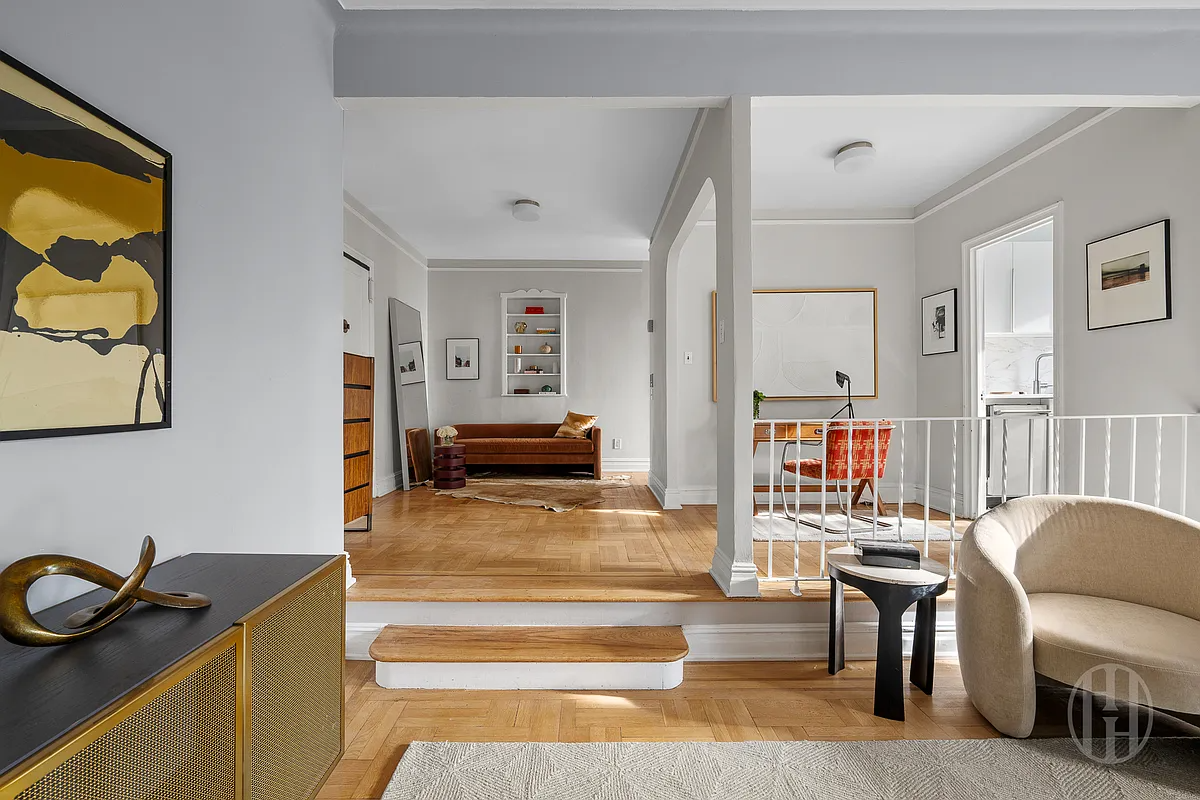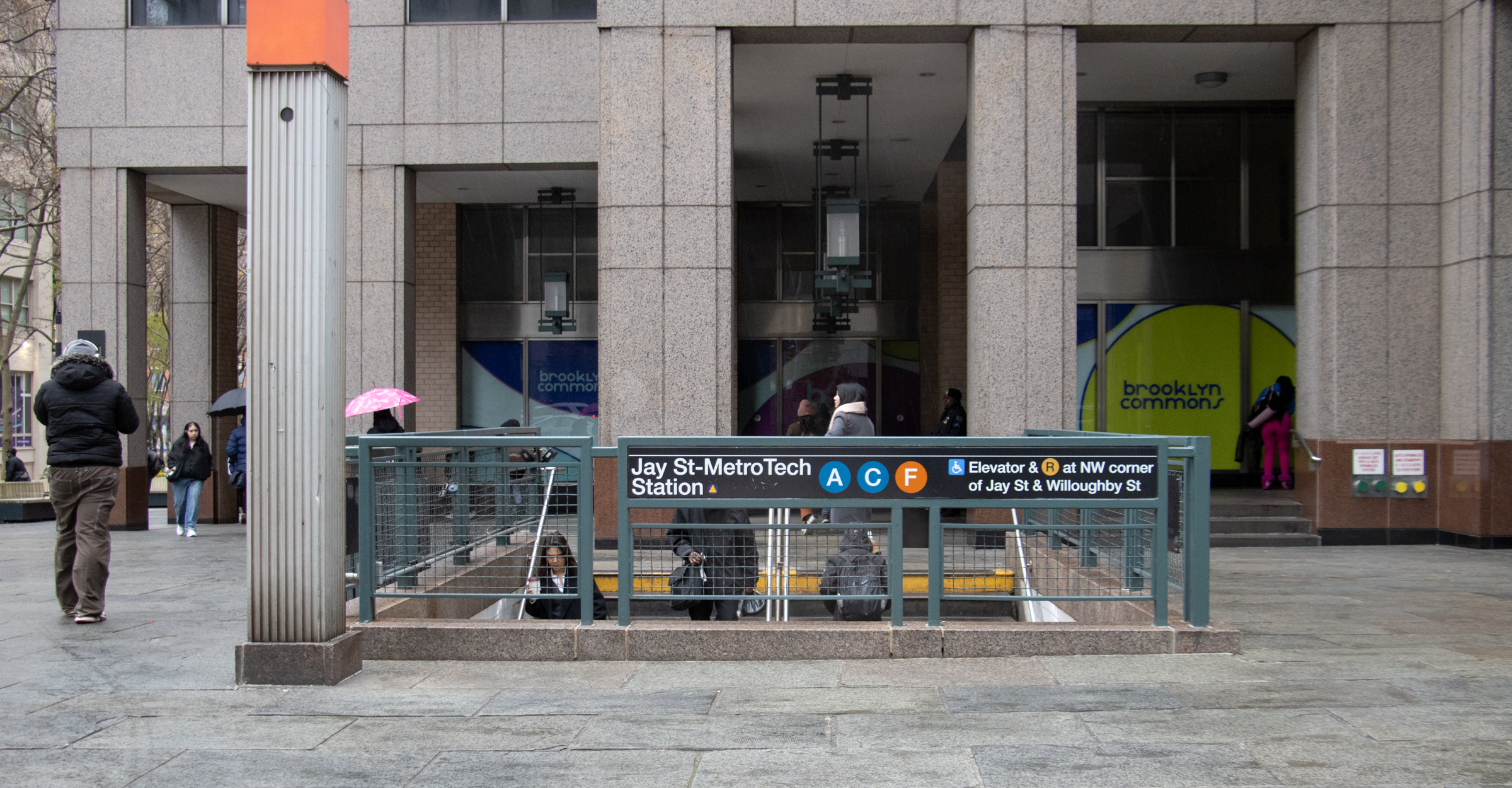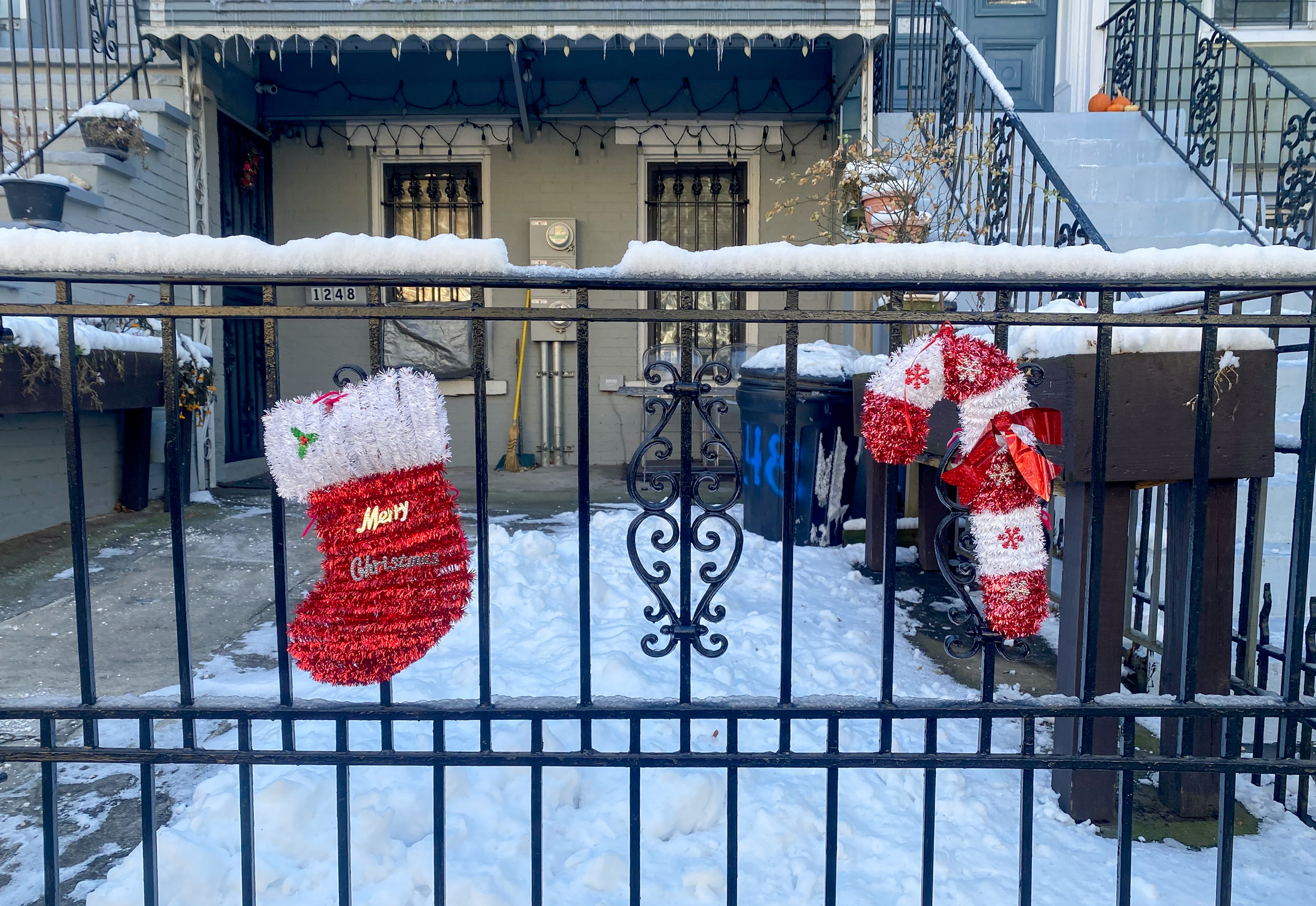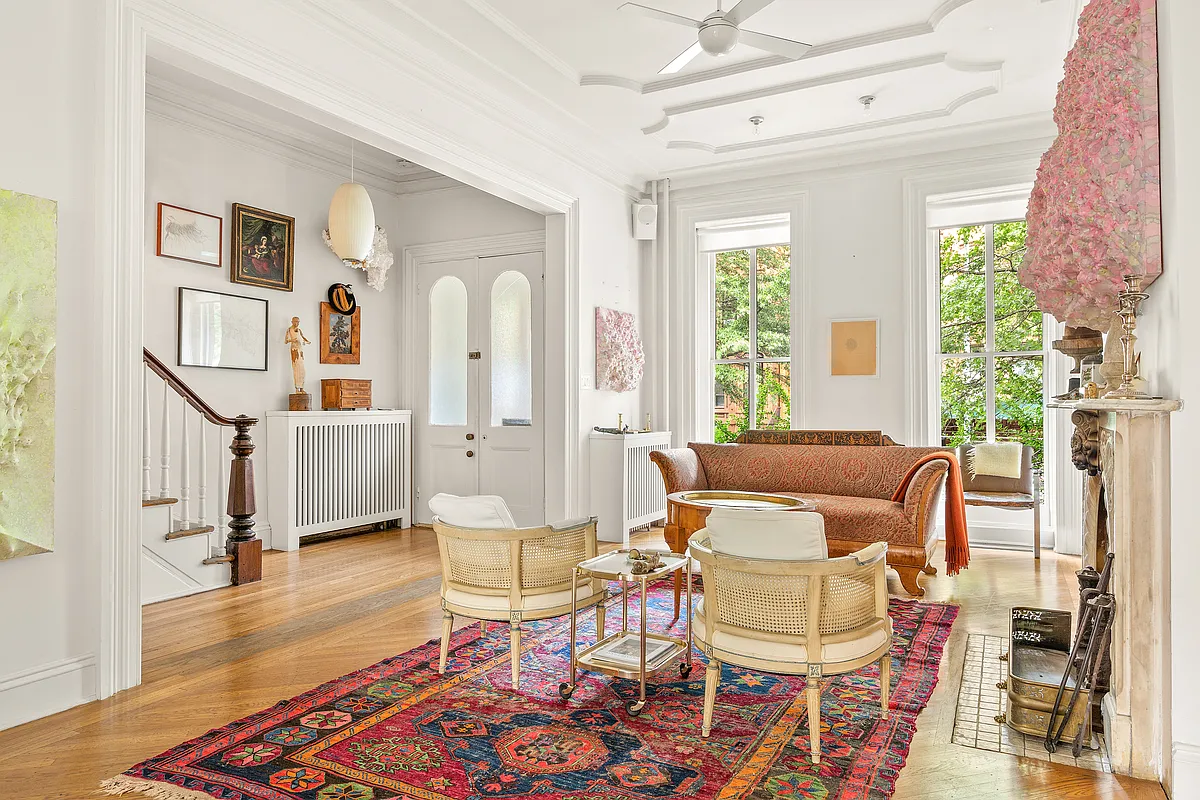Closing Bell: Community Gardens at Risk
Remember back in 2002 when then-Attorney General Eliot Spitzer sued the city and won a reprieve for hundreds of community gardens threatened with extinction? Well, that agreement expires next year and City Limits is reporting that a bunch of the gardens—including 23 on HPD-controlled land and another 11 under DOT jurisdiction—are potentially vulnerable. But maybe…


Remember back in 2002 when then-Attorney General Eliot Spitzer sued the city and won a reprieve for hundreds of community gardens threatened with extinction? Well, that agreement expires next year and City Limits is reporting that a bunch of the gardens—including 23 on HPD-controlled land and another 11 under DOT jurisdiction—are potentially vulnerable. But maybe it’s crazy to worry: The city is as committed now as it was in 2002 to preserving the gardens, said Parks Department Assistant Commissioner Jack Linn. Only a wacko would suggest getting rid of them.
No Winter Hibernation for Garden Activists [City Limits]
Photo by greenbk





One benefit of community gardens that might appeal to some of you regular posters was quantified in a 2008 study by NYU economists that found gardens have an extremely positive impact on the values of surrounding real estate. The study assessed the net tax benefit to NYC from the 600+ gardens studied at $647M over 20 years, or $1M per garden.
Here is the link to the American Community Gardening Association site that summarizes some pertinent studies: http://www.communitygarden.org/learn/resources/research.php
@thwackamole1: Phasing out rent regulations would help bring down rents citywide. Demolishing gardens is no solution. We have a community garden in Clinton Hill that’s part of the Bette Midler Land Trust. It represents the labor of two generations: the first that reclaimed a City-owned lot that was a bona fide public safety hazard, being used as an illegal dump and shooting gallery. After years of letters and protests and threats of litigation, the City was persuaded to bring in heavy equipment to haul away a huge pile of burned-out cars and dumped appliances, and sift earth to screen out used needles and condoms. The garden workers then protected the lot by getting it into the Bette Midler Trust. Now kids can plant vegetables there, learn to cook what they raise, and spend time with their parents and neighbors. Seniors without access to back yards participate as well, growing their own kitchen gardens. And the garden as a whole benefits the carbon footprint of the community.
All this costs the City nothing, yet provides social, educational, and nutritional benefits to neighborhood residents. Efforts like this can’t accurately be described as “raising 20 tomatoes a year.” Moreover, when the lot was City-owned, it was an abandoned wasteland; it took the community to turn it into something productive. I’m grateful that we don’t have to worry about losing it now. Long live the Bette Midler Trust.
Gee. I’m ALL for community gardens! The more the better!
Most gardens are vital parts of their communities. GreenThumb under the Park Dept. does an incredible job supporting NYC’s hundreds of community gardens! !
Luckily, most gardens are “safe” (under Parks, Trust for Public Land, Brooklyn-Queens Land Trust, etc.). The HPD and DOT gardens may be able to work out arrangements where the Parks Dept will take them over. Let’s hope!
There is so much empty housing in NYC right now, I doubt many developers would be interested in buying the rather small HPD lots and manage to get loans to build small buildings Let’s get people into the existing housing and then worry!
I’m with Montrose, as usual. Community Gardens serve a purpose that’s far beyond the mere growing of vegetables. And the notion of all-or-nothing regarding housing is absurd. There are plenty of truly derelict and vacant lots, and plenty of stalled building projects, to serve development needs. The gardens should be permanently protected as part of the parks department (as many in the LES have been.) Back in 1999, when Giuliani tried to sell off city-owned gardens, there was a huge public outcry and a campaign of civil disobedience. Hundreds of people were arrested. I wonder if New Yorkers will still stand up like that if they try to take the gardens away again.
I think it is better o sell them and make productive use out of it. rather than making some useless stuffs.
Why stop there? Fort Greene park would make a perfect condo development site.
I vote for selling the community garden across the street from Fort Greene park on Dekalb.
Slopefarm is absolutely correct. In my neighborhood, many of the community gardens bring together people who would never otherwise, like West Indian gardening ladies, young white transplants to the neighborhood, and young black men, all working to keep the garden beautiful. Yeah, they could build housing on the site, but getting all of these people working together, getting to know each other, and learning to understand each other is more important to the overall health of the neighborhood than a building. There aren’t that many gardens, and they don’t take up that much land. We as a society are in bigger trouble than not having enough housing if we have to build up every inch of land in a city, or if we forget the human necessity of cooperation, working together and neighborhood in the equation.
a lot of community gardens take up much needed land that could be used for housing and social services, especially in manhattan.
i see now purpose in a big plot of land for someone’s rinky dink onion patch. sorry!
*rob*